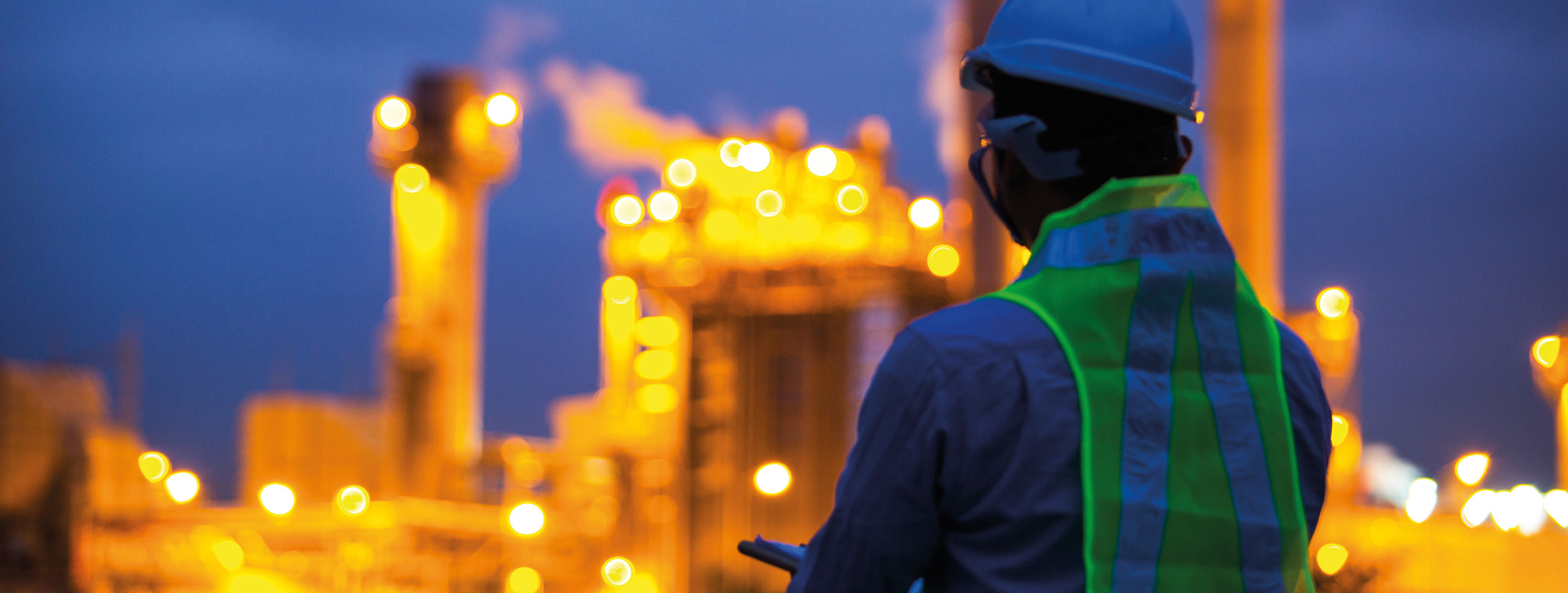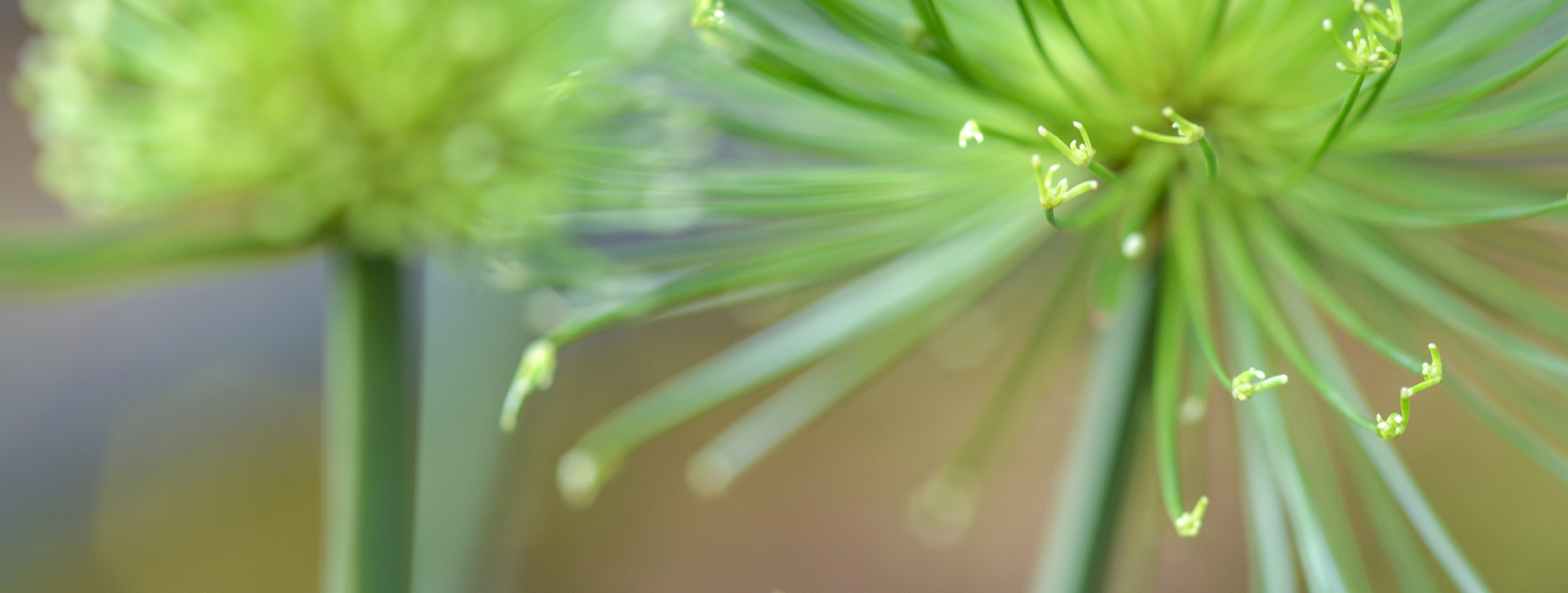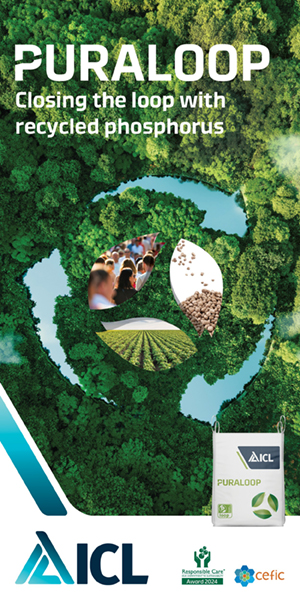

Comprehensive coverage of the global fertilizer industry
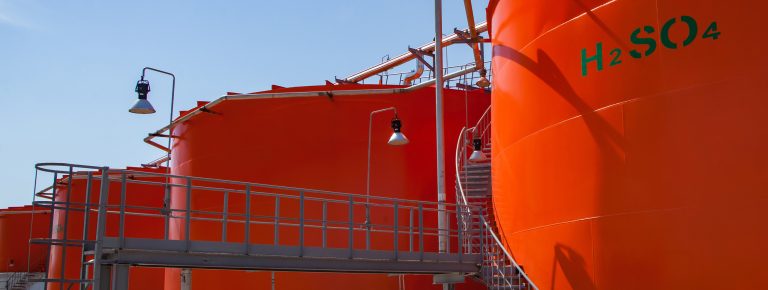
Sulphur
Extensive and independent coverage of the global sulphur and sulphuric acid industries
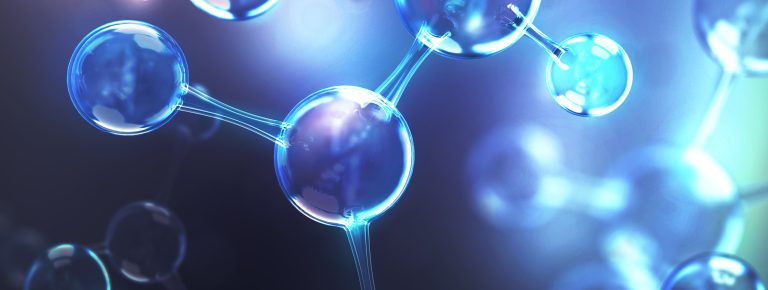
Nitrogen+Syngas
Unrivalled technical and market coverage of syngas and its derivatives

Advertising
Advertise your company and products on our website or print editions

Latest from BCInsight

Technology agreement for floating green ammonia production vessel
Swiss technology company ABB has signed a term sheet agreement with SwitcH2 to engineer and supply automation and electrification solutions for SwitcH2’s floating production, storage and offloading (FPSO) unit dedicated to producing green ammonia from green hydrogen, to support future demand for low-carbon marine fuels.

India planning urea plant
India is preparing to set up its first urea manufacturing facility in Russia to secure long-term fertiliser supplies and reduce exposure to global price shocks, according to Indian media reports. The proposed project, backed by Rashtriya Chemicals and Fertilisers (RCF), National Fertilisers Ltd (NFL) and Indian Potash Ltd (IPL), aims to tap Russia’s abundant reserves of natural gas and ammonia, key raw materials that India lacks. The venture is reportedly scheduled to be announced during Vladimir Putin’s visit to India in December. The facility is said to aim at ultimately producing 2 million t/a of urea. India is currently the second-largest consumer and third-largest producer of fertilisers globally, but it remains vulnerable to global commodity swings.
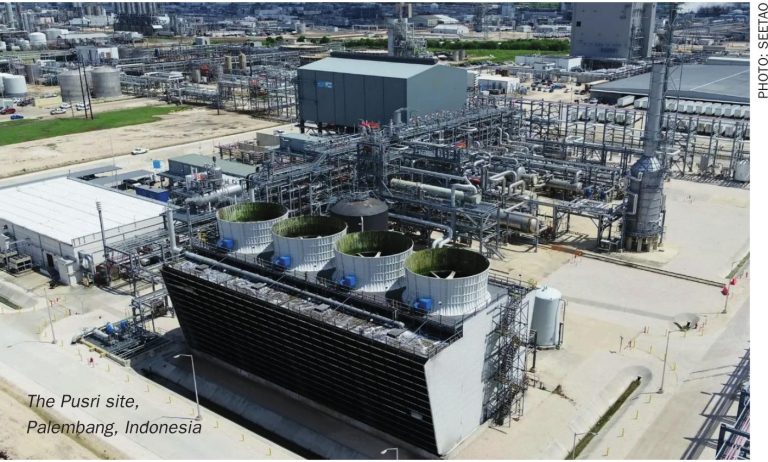
Indonesia’s push for new urea capacity
Already a large urea supplier to the region, Indonesia has plans for several new plants to monetise its natural gas resources.

Kent appointed to Yanbu Green Hydrogen Hub
Kent, a global leader in integrated energy services, has been appointed by ACWA Power as owner’s engineer for the Yanbu Green Hydrogen Hub, a major green hydrogen and ammonia export facility being developed in Saudi Arabia. Situated in the port city of Yanbu on the Red Sea, the project will feature full integration across the green hydrogen value chain. This includes its own dedicated renewable power generation, desalination plants, ammonia production lines and an export terminal. At full scale, the facility will deliver up to 400,000 t/a of renewable hydrogen, converted into over 2.2 million t/a of green ammonia for international markets. With more than 4 GW of electrolysis capacity planned, the Yanbu hub is expected to be nearly twice the size of the NEOM Green Hydrogen Project.

Blue ammonia projects
Blue ammonia – ammonia produced from fossil hydrogen with carbon capture and storage (CCS) – offers a cheaper alternative than green ammonia for low carbon supply in the short term, and is more suited to retrofits.

70 years of the Ammonia Safety Symposium
Venkat Pattabathula of SVP Chemical Plant Services, Taylor Archer of Clariant and Seshu Dharmavaram of Air Products, all AIChE Ammonia Safety Committee members, look back at some of the key lessons learned from the Symposium’s 70 year history.

Market Outlook
l The market looks very tight through the end of the year, though some expect supply to improve in Q4. Prices are unlikely to ease in the coming weeks. l Woodside’s Beaumont New Ammonia Project is now 97% complete, and the producer expects production from the first train in late 2025. There is no information from Gulf Coast Ammonia on when to expect commercial production. l There was an absence of fresh confirmed business into northwest Europe. Still, producers with ammonia capacity in the region are expected to be maximising output given the favourable economics at current spot natural-gas prices at the Dutch TTF.

Cooperation agreement for e-fuels demonstration plant
Sasol and Topsoe have signed a cooperation agreement with the German Aerospace Centre (DLR) and EPC contractor Griesemann for the construction, operation and research and development activities of DLR’s sustainable aviation fuels demonstration plant at the Leuna Chemical Complex, Germany. The demonstration plant is currently under construction and expects to produce 2500 t/a of e-fuels, starting in Q4 2027. The e-fuels produced will comprise mainly of kerosene, using renewable feedstocks such as biogenic CO2 and green hydrogen. With €130 million of funding secured from the German Federal Ministry for Transport, the plant will be the largest demonstration and research facility globally for the production of e-fuels.


